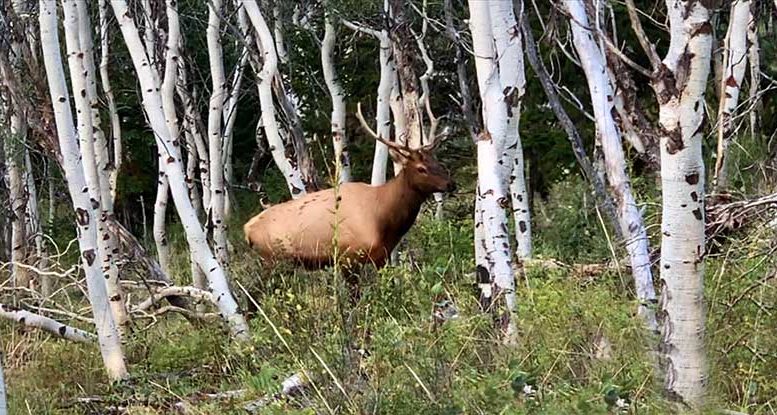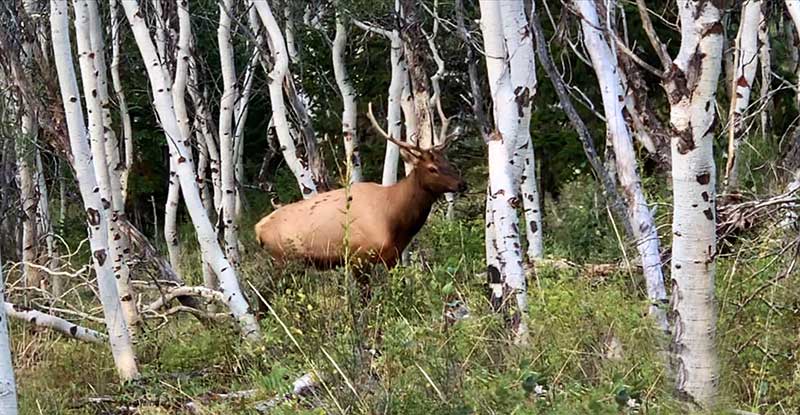
Here’s some info you need to know before heading out to hunt elk. (Photo: Jeff Wood/Guns.com)
Elk hunting is a dream hunt for many of us and I am lucky enough to have had the chance over and over throughout the years. If an elk hunt is on your list of must-do hunts, I have put together my thoughts on the gear you won’t want to be without when you go. Of course, a good gun and the right ammo are always the right start, but there’s other gear you’ll also want to have on hand.
The Rocky Mountains are a bountiful and impressive place to hunt, whether you are after monster mulies, elk, or one of the other beautiful species herein, it can be quite a job. Today we’ll speak specifically about the elk hunting side of it and the differences you should know between elk hunting and smaller animals like deer.
The Bugle of a Bull
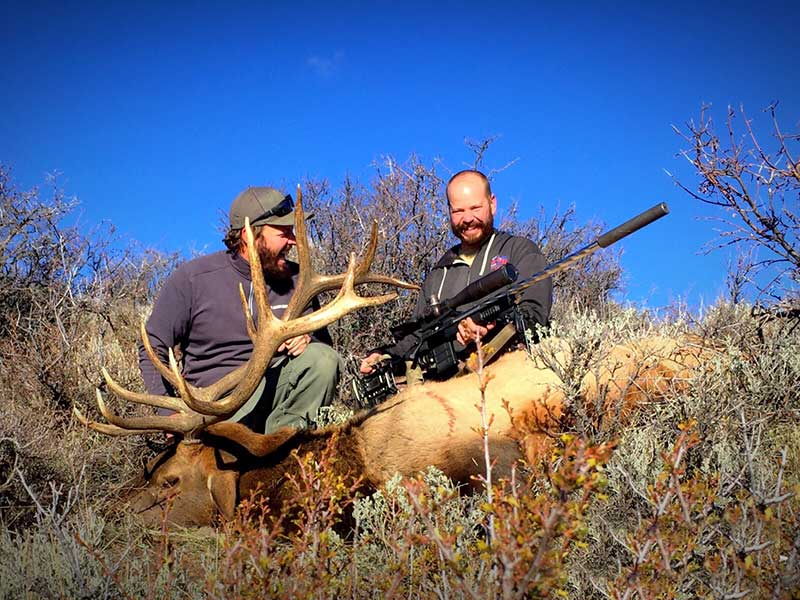
Elk calling might not be easy but when it works, nothing beats the rush. (Photo: Jeff Wood/Guns.com)
Contrary to what you see on all the hunting shows, calling elk is not as simple as it appears. Elk are most vocal during the rut, which is usually in September. During the rut, they can be hormone-driven fools, that come in fast looking for a fight. If you are hunting outside of their rutting schedule, though, your bugling tube and all your practice might be nearly useless. If it is a general season hunt or any hunt where there will likely be people present, adding hunting pressure, elk tend to shut up. So, keep in mind when your hunt is and the kind of pressure they will be under. Elk are quite smart, and a call under the wrong circumstances may send them charging off into oblivion.
Cow calls and other noises can be useful depending on the general mood on the mountain. I’ve brought in several bulls just raking the trees with a broken branch. If a big bull is what you are after, you have to play to his attitude.
Whether you are after a bull or a cow, you will want to keep an eye out for the cows. There are lots of eyes and ears in a herd of elk and the ladies are usually the ones to bust you. Minimal sounds and calls may be all you need to find them and get into place for a shot. If you are hunting active herds, make sure you bring your a-game — a good bugle can bring in a monster on a string.
Boots of Hermes
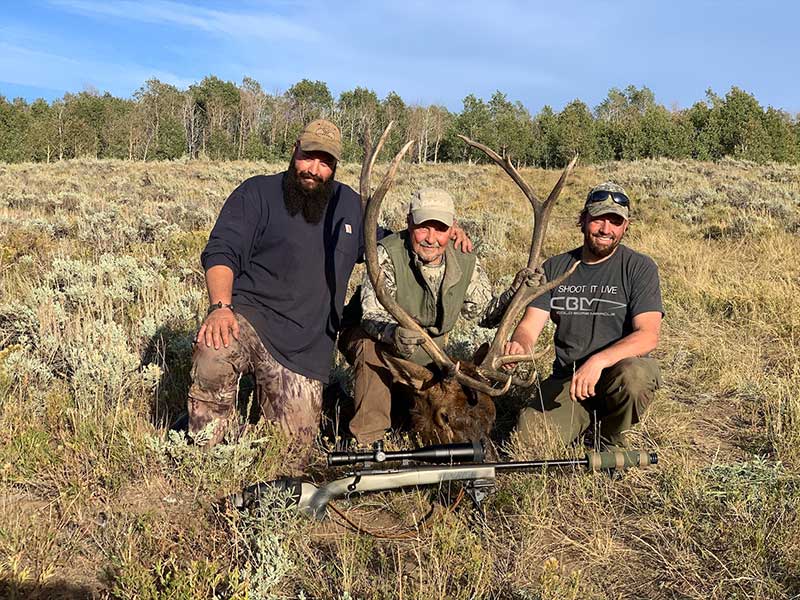
Trekking through the wild requires proper footwear to ensure a successful hunt. (Photo: Jeff Wood/Guns.com)
Elk hunting will drive you right to the edge of sanity. Plodding through soft mountain soil and chasing towards a ridgeline in pouring rain or snow, your legs and feet will take punishment like never before. Wearing a good pair of boots is essential — even better, have more than one pair. Sometimes you’ll sneak through dense forest while other times you’ll claw up a loose rock pile or chute. Good boots, and perhaps several different pairs for differing terrains, may keep you fresh.
Lightweight is a must but the weather dictates the rest. If it’s cold and snowy then you want insulating boots to retain heat. If it’s wet and raining, you’ll want waterproof footwear to keep from getting soggy and cold. The best practice is to have several good options, that way your feet get a pleasant change from day to day and hike to hike.
Also, make sure you have good comfy shoes waiting for you back at camp as well with clean fresh socks. You’ll want to take good care of your feet to prevent problems down the line.
Extraction: Rope and a Plan
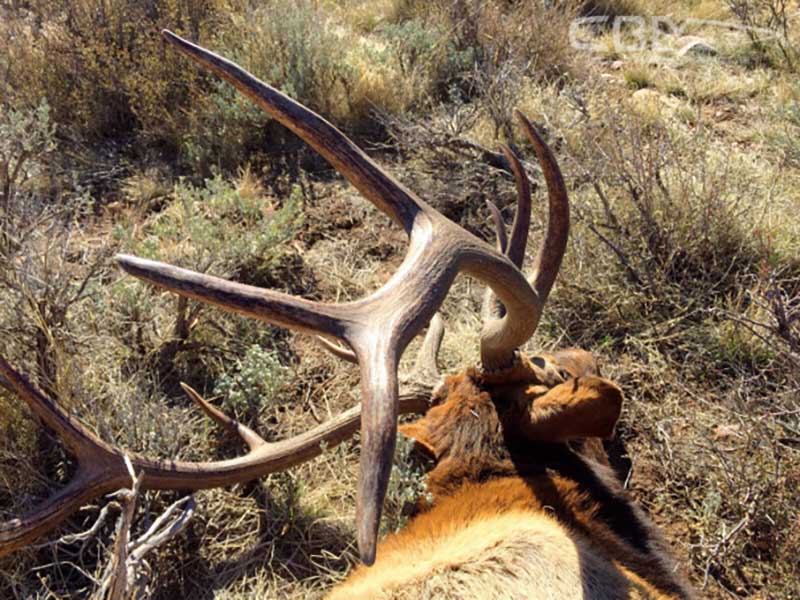
Elk are much larger than they seem. (Photo: Jeff Wood/Guns.com)
Elk look like large deer from a distance — until you walk up on a downed one. As soon as you lay hands on your prize, you will realize just how big these beasts are. Even with a buddy just turning a large elk around is hard enough, so one of the most important things you can have before leaving camp is a plan to extract the animal. That could be quartering it and packing it out or hauling it away in one big piece. Whether you use horses, ATVs, or just some good backpack frames, make sure you have everything in place beforehand.
I’ve been party to several different types of elk recoveries but bringing it in whole is by far my favorite. For that, you need enough rope to reach the animal with either a vehicle or a team of mules. We’ve pulled elk nearly half a mile up steep canyons with enough rope, other times we have carried quarters from a pole carried by two. The most ingenious plan we concocted was to build a sled from fallen trees and use it to drag an entirely butchered elk up a steep hill to the truck.
There are hundreds of ways to do it so research the area you intend to hunt and see what kind of work it will take to get your prey back to camp. Sometimes, if you are lucky, you can drive an ATV or truck right up to them. Of course, those stories don’t sound as adventuresome.
Bag it
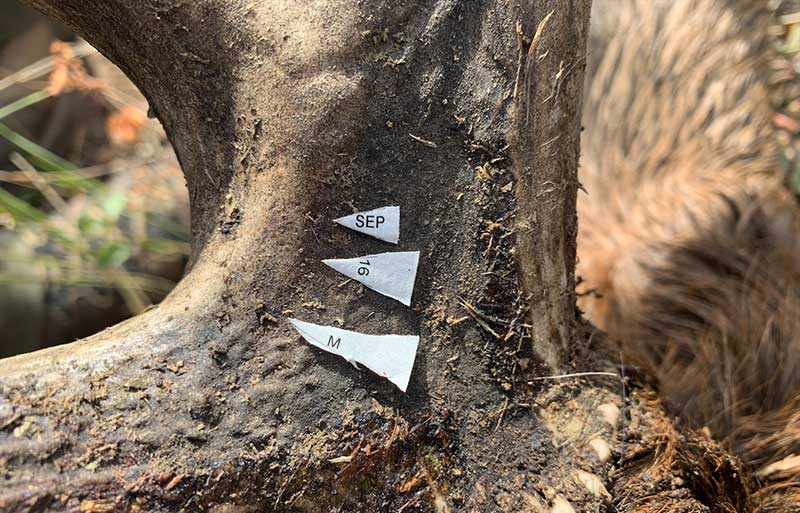
(Photo: Jeff Wood/Guns.com)
As I mentioned, elk are very large animals, and handling a fallen animal the size of a horse can be a lot of work. If you are lucky enough to get it out whole, you will need to get it cooled down and skinned ASAP. If you end up having to pack it out, likely in large pieces, nothing beats high-quality game bags to store those pieces. Make sure you have enough game bags to protect your meat from contaminants and insects. It will make it that much better to eat and butcher once you get back home.
It’s also a good idea to have twine or paracord to tie-up open ends or hang it from. Many times, we’ve made multiple trips to pack out an elk and sometimes overnight. Paracord is great for hanging up those pieces left behind to keep out of reach of foraging animals while also keeping the meat clean and elevated so the air can keep it cool and as fresh as possible.
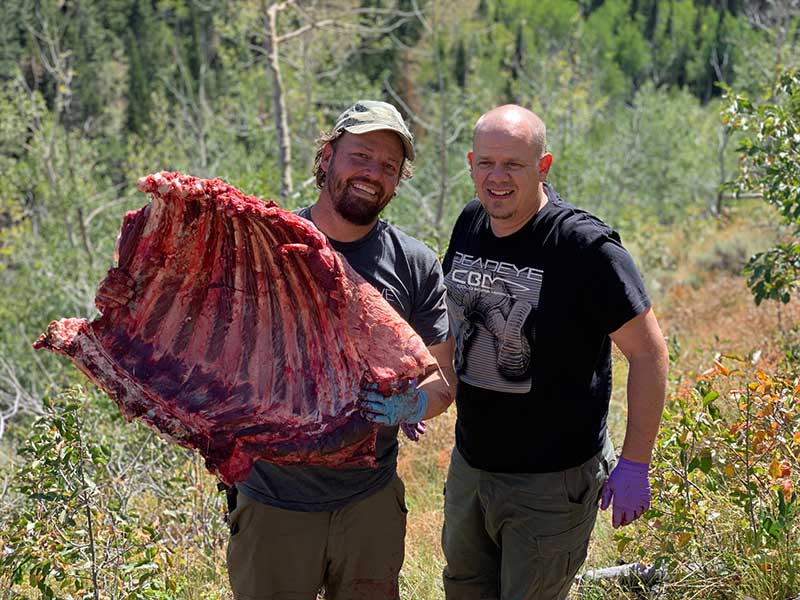
You can choose to haul the elk back whole or carve it up and place it in game bags. (Photo: Jeff Wood/Guns.com)
Eternal Optimism
Elk hunting can be feast or famine, days can pass with little to no sign of elk. Elk hunting requires a good attitude and, coupled with diligence, you can be successful. Study the area, know where the animals go when spooked, get a feel for their safe zone and unless it’s a last-ditch effort do not push them out of their safe zone. You’re better off waiting for them to come back out on their own, lest they spook and run for 30 miles without looking back.
In my experience, you don’t get the prize without putting in the effort. Only after your hopes are broken and your body pushed to the edge does that magical moment happen when stars and sights align on elk.
The post What Gear Do I Need for an Elk Hunt? appeared first on Guns.com.
Powered by WPeMatico

